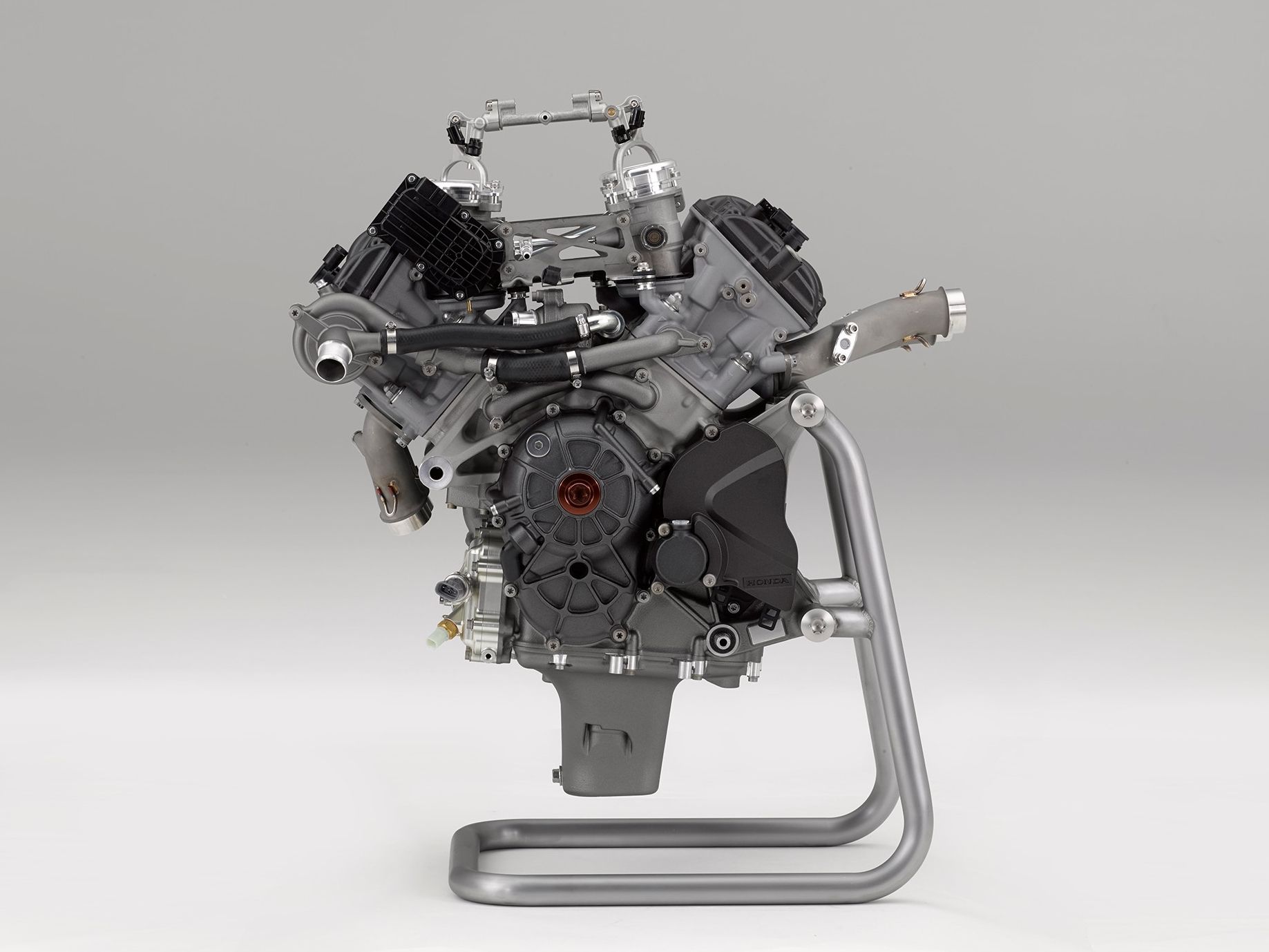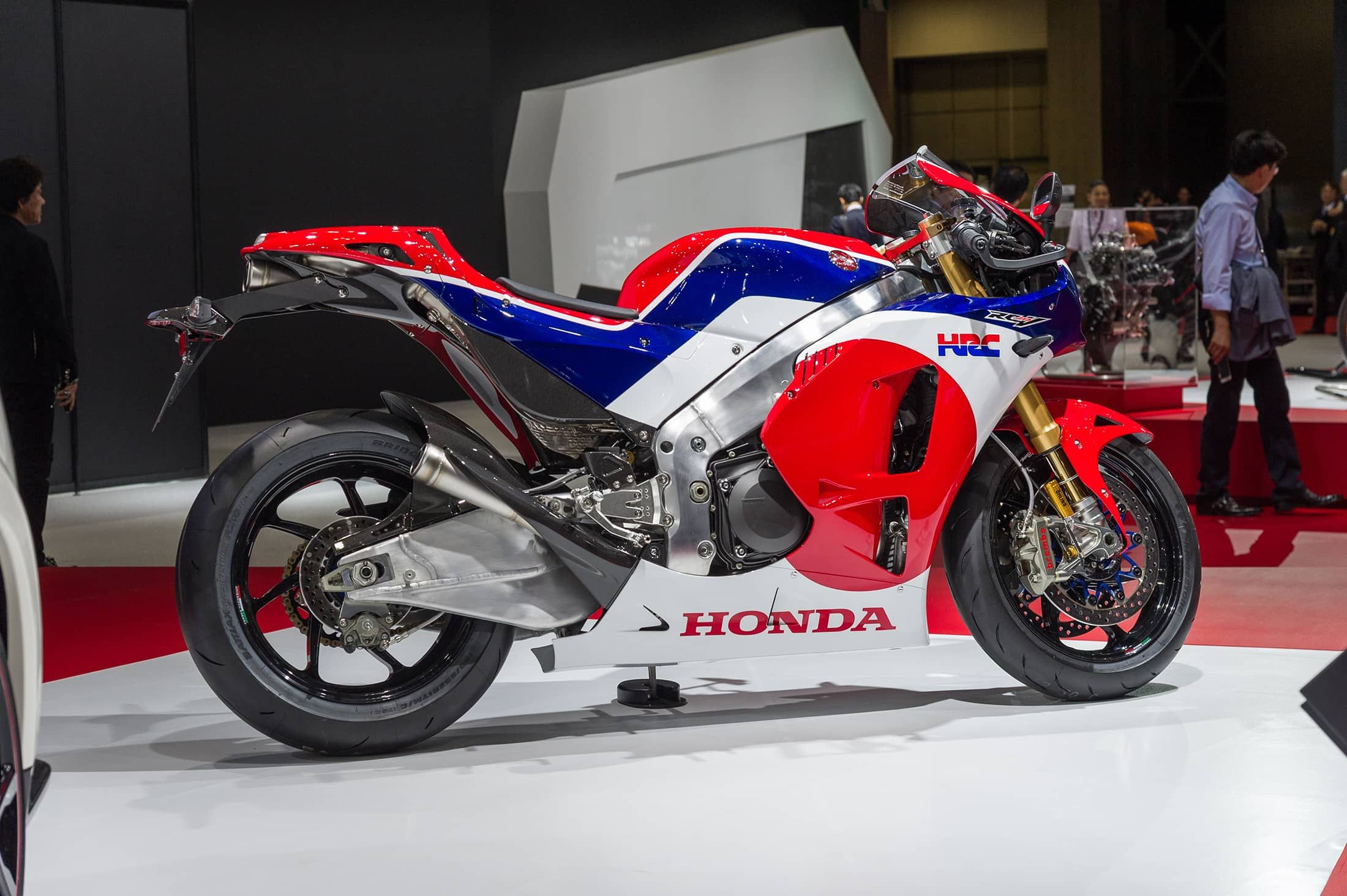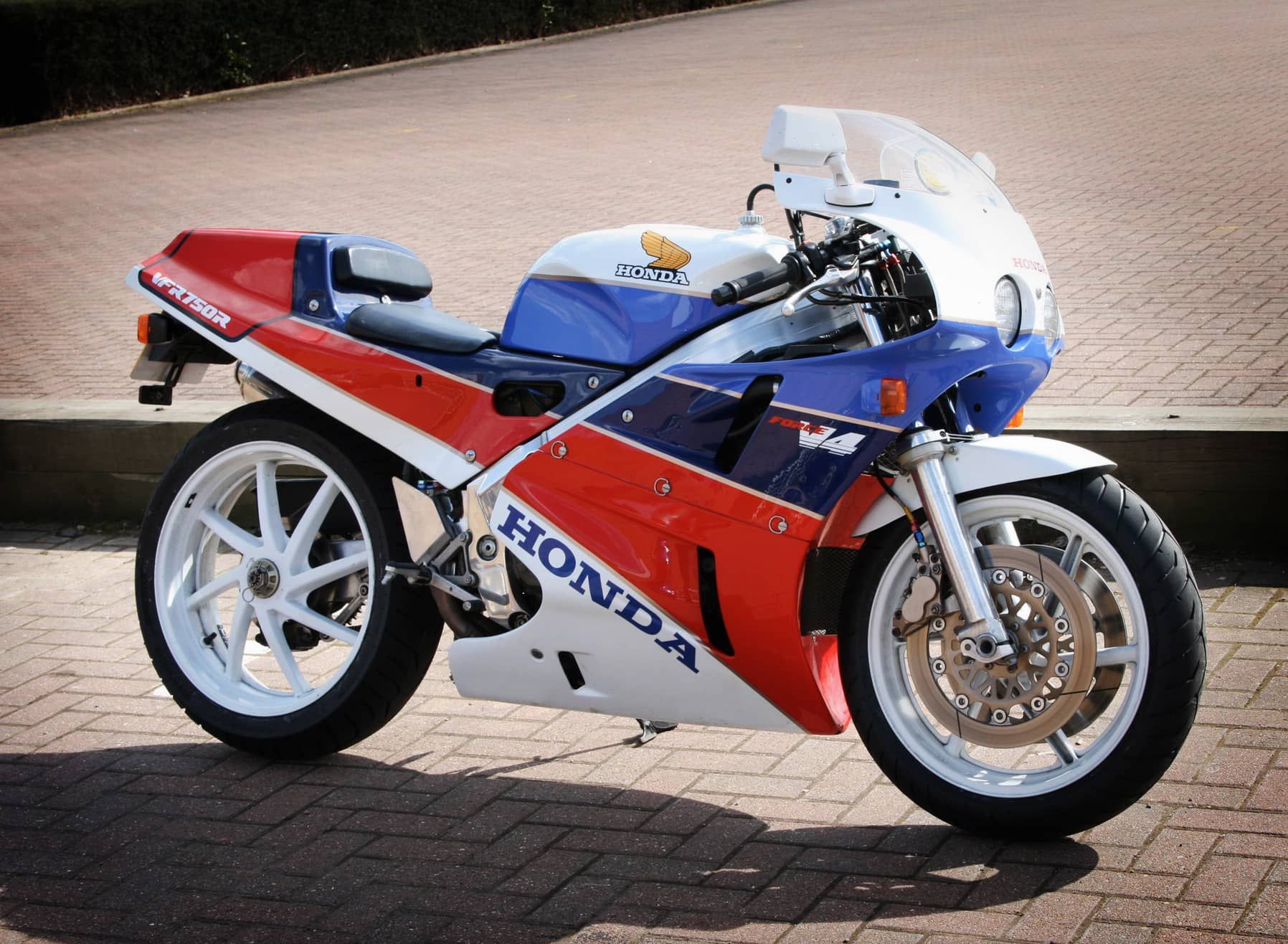-

Plan your year around MotoGP, World Superbikes SBK, British Superbikes BSB, Isle of Man TT and North West 200 road races with the help of the BeMoto 2024 Motorcycle Race Calendar (all in one place)...
Read More
-

BeMoto Motorcycle Touring Insurance takes a look at what it is like to plan and execute the near perfect dream motorcycle tour in one of the most beautiful places on earth.. Vietnam. So if you wanna do your Ho Chi Minh Thing, you should read on...
Read More
-
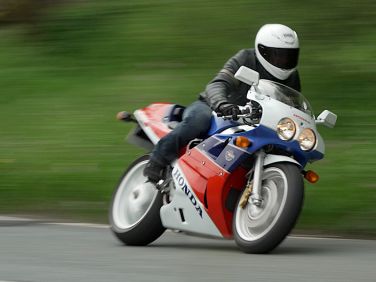
In terms of iconic, legendary and beautiful sounding machines, they don’t come a lot better than the RC30. Forget the VFR part - this is no sports tourer, but all racing competition. You want one of these. Honest.
Read More
-
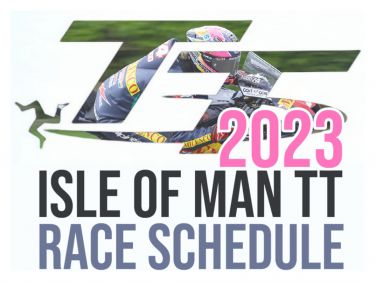
BeMoto is proud to sponsor Davey Todd at the prestigious Isle of Man TT 2023 - Check out the race schedule and find how to watch on TV here.
Read More
-

Age is just a number and - in the case of Jeremy McWilliams - it doesn’t make you slower. The former MotoGP rider is still winning races on both sides of the Atlantic. We caught up with the BeMoto-sponsored rider on Day 1 at the 2023 North West 200...
Read More
-

An idiot’s guide to the main factors in frame, steering and chassis design. Read this, and you’ll be as happy chatting about rake, trail, wheelbase and fork offset, as you are about midrange grunt…
Read More
-

This week on ebay we are looking at the first fuel-injected ‘Blade. The Yamaha R1 and Suzuki GSX-R1000 had it beat then. But 20 years later, how does it stack up? We’re looking at one on ebay…
Read More
-

We take a deeper look at the new Transalp. Will it be an KTM 890 Adventure, V-Strom 800DE, Triumph Tiger 850 Sport and Yamaha Tenere 700 beater?
Read More
-
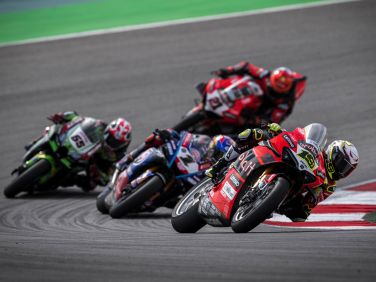
Plan your year around the motorcycle racing calendars for MotoGP, World Superbikes SBK, British Superbike BSB, Isle of Man TT and MXGP Motocross World Championship
Read More
-
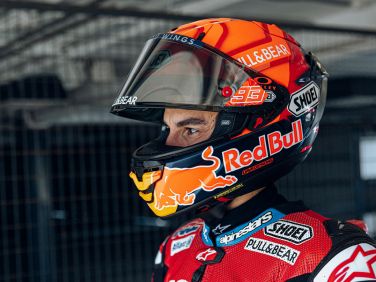
BeMoto motorcycle insurance looks at the all-new top of the range motorbike helmet from Shoei, designed for high-speed performance riding and used by arguably the very best rider on the planet.
Read More
-
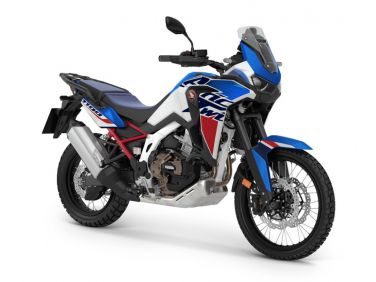
Honda's Adventure Ace gets a spruce up for 2023 in the shape of two new paint schemes
Read More
-
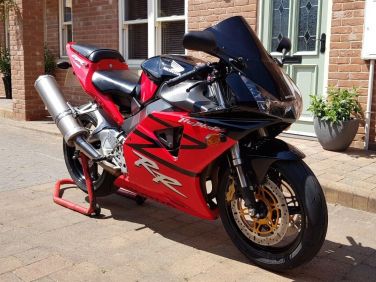
The last FireBlade with a capital ‘B’ in the name, it’s also arguably the quintessential example of a Blade from 30 years of Honda’s flagship sportsbike. We get tempted by this one on ebay...
Read More
-
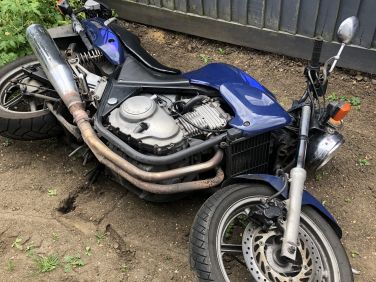
BeMoto’s £300 Honda CB500 moves under its own steam for the first time, but not without blowing a little…
Read More
-
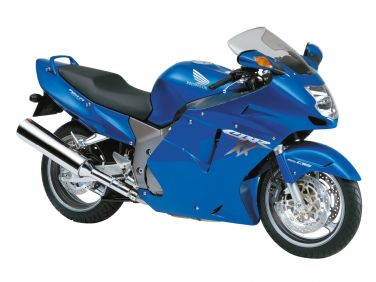
The Honda Super Blackbird launched when speed and power thrived in this (mostly) speed-camera-free era, and Brit bikers in particular couldn’t get enough of it.
Read More
-

The Innovv K5 camera launched earlier this month and we have a first look at the world's first 4K bike dash camera. First impressions are great, and even better, we have a discount code for you!
Read More
-

We chat to John Bennett of Lamb Chop Rides about his custom carbon RCV Special Fireblade developed over 7 years with a growing YouTube audience. See the detailed photos and video of how Beauty became the Beasty...
Read More
-
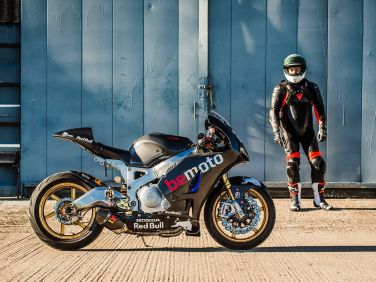
Lamb Chop Rides is interviewed about his "BEASTIE". We find out about this very special RCV Fireblade was brought to life and more importantly how she rides as our very own Kar Lee has some performance playtime. READ MORE...
Read More
-

A bike helmet is the most important bit of safety kit a rider has – it’s also the only one which needs to be worn by law. And now, the organisation behind safety regulations for helmets is updating its rules to keep riders even safer...
Read More
-

Welding – dull industrial process or pure metal art? We have a look at the tech and science behind properly joining up bits of metal – and see how it’s applied to make an exhaust can for our Yamaha MT-10...
Read More
-
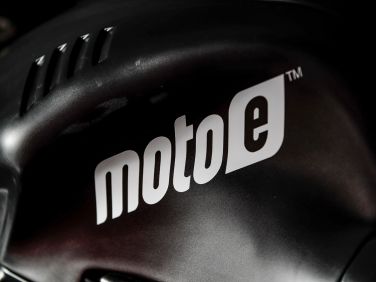
MotoE has just finished its first season of racing as a MotoGP support series. Our man Alan Dowds got a spin on a MotoE Ego Corsa Electric Race Bike at Valencia – here’s what he reckoned…
Read More
-

Supercross is pretty much motocross on steroids; bigger jumps, tighter corners, huge whoops, insane stall walls, doubles, triples, etc. But it's the last place you'd normally see a mental CR500, until now...
Read More
-

We look at how the best calipers, discs and pads in the business are made. So the next time you haul on the lever to avoid one of those U-turning taxis or steamed-up school-run Range Rovers, be grateful for the good folk who’ve helped you stop in time…
Read More
-

Customer CR500 Supermoto Special. Those two letters and three numbers are enough to scare most riders who have dared to tackle the big-bore, single-cylinder two-dinger. Starting one is difficult, holding one wide-open is insanity...
Read More
-
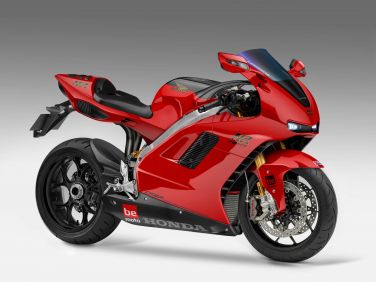
Back in 1992, £38,000 was a hell of a lot of money – in fact it was just £12,000 shy of buying your average house. What £38k could also get you is Honda’s technical and aesthetical marvel, the NR750...
Read More
-

On Sunday September 24th 2017, tens of thousands of men and women in hundreds of cities worldwide took to the streets to raise awareness and funds for men’s health with the Distinguished Gentlemans Ride...
Read More
-
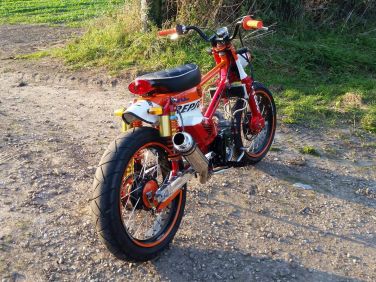
This in our opinion, is one of the best (not to mention one of the most unique) examples of a custom Honda Cub that we have come across. Even better for Repsol Honda fans, check this out...
Read More
-
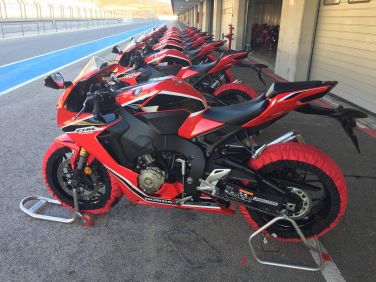
Honda's hitting back in the litre superbike class, with a brand-new Fireblade for 2017. Honda launched the bike at the Portimao circuit in Portugal last week and our man Alan Dowds was there – here's what he thinks to the new bike…
Read More
-
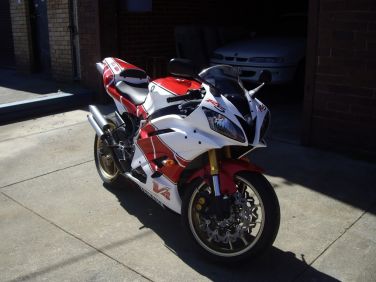
Featured in Australian Motorcycle News, this Yamaha 'R5' was created by Robert Hook in his Melbourne garage, a large scale model sculptor, ex-racer and motorcycle engineering genius, with a spare RZ500 engine and a YZF-R6 frame...
Read More
-
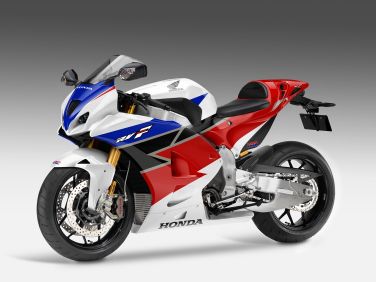
It’s being reported online that Honda could be looking to offer up another V4-flavoured superbike option by 2018 to mark the firm’s 70th anniversary. Patents filed by Honda late last year suggest a more budget-orientated version of the £138,000 road-going racebike may be on the cards...
Read More
-
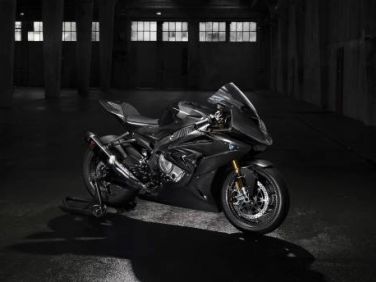
BMW Motorrad have given race bike lovers a teaser at the 2016 EICMA. Nobody knows how close this prototype will be to the final version, however the HP4 RACE will feature the full carbon fibre main frame and rims...
Read More
-

The Superleggera is the first factory motorbike with a carbon fibre frame, swingarm, subframe and wheels - with an electronics package NASA could only dream of when Neil Armstrong faked the moon landing...
Read More
-
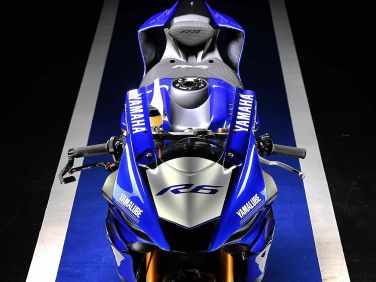
Following the launch of the new YZF-R6, Yamaha have followed up with a new ' race-ready' middleweight Supersport bike at the 2016 EICMA International Motorcycle Exhibition in Milan.
Read More
-
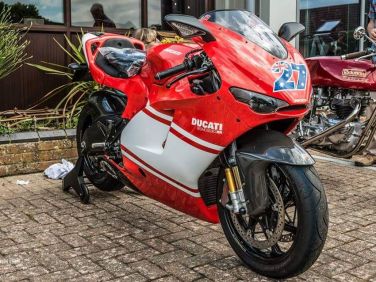
It’s not everyday that you come across a Ducati Desmosedici, let alone one with the extremely rare and expensive GP7 kit. Vince Hosking, a keen follower of the BeMoto Facebook Page, got in touch with us asking if we could provide a quote to insure his - how could we refuse!
Read More
-

Russ Gardner was the lucky winner of the BeMoto and Team 6T9 ‘Win a Legendary Day’ Competition. Russ met up with GP Legend Freddie Spencer (Fast Freddie) at the amazing 2016 World GP Bike Legends event at Silverstone Classics. See what he had to say...
Read More
-
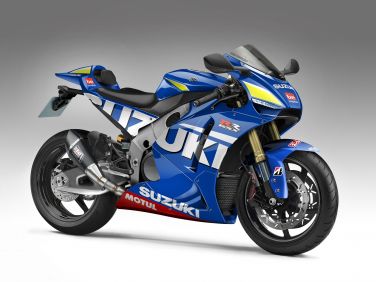
Suzuki revealed their much-anticipated update to the GSX-R1000 last year in the form of a ‘concept’ and although we love it, we suspect that in a parallel world there’s already an edgier, more MotoGP version in existence…
Read More
-

BeMoto follower Simon Hunt tells us about his obsession with the Honda SP-2 special with Dream Machine Colin Edwards Laguna Seca paint scheme, Scorpion race exhausts, Öhlins steering damper and other mods...
Read More
-
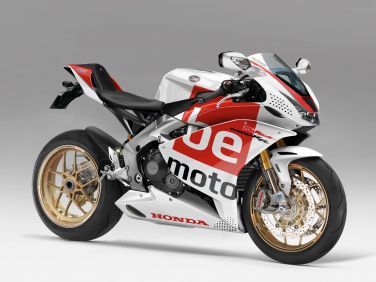
There’s a new Fireblade coming. Will it look anything like our exclusive CGI? Fingers crossed for a single-sided swingarm, sleek RC8-esque faired-in exhaust system and some drilled holes for old times’ sake...
Read More
-

it’s the time of year when many motorcyclists will be looking forward to getting on their bikes a lot more, whether to beat the traffic to get into work or leisure rides at the weekends. However according to new breakdown figures from the RAC it’s also an important time of year for bike maintenance...
Read More
-
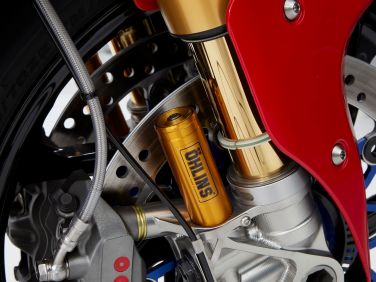
Every few years, there has to be some new bike tech for us to get excited about. It's been the same since forever. Some of these leaps forward are genuinely great, and have changed biking. Some – not so much. So what category are gas forks in?
Read More
-
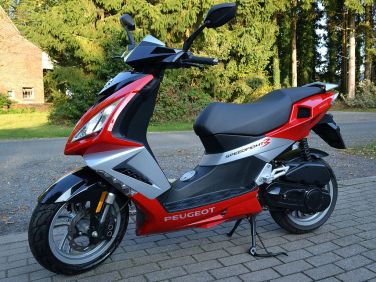
It was post WW2 when the Scooter really caught on. In 1946 the Piaggio Vespa was launched, instantly becoming a sales success and setting the standard, closely followed in 1947 by the Lambretta. The Scooter offered a very affordable form of transport for the masses...
Read More
-

Over the years there have been a number of engine configurations of 250cc to 500cc sportsbikes, powered by both two-stroke and four-stroke engines. The two-stroke 250cc Sportbikes were always powered by twin cylinder engines and all four-stroke incarnations were originally in-line 4 cylinder screamers...
Read More
-
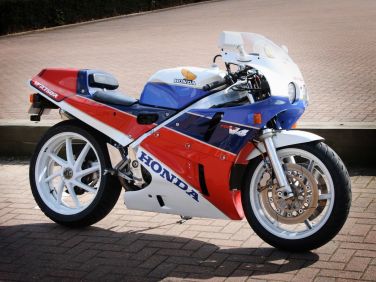
The 750cc Sportsbike can be traced back to 1969 when Honda introduced the CB750; it was a revolution, featuring an in-line four-cylinder four-stroke engine producing a claimed 67bhp and capable of hitting a top speed of around 120mph...
Read More
-
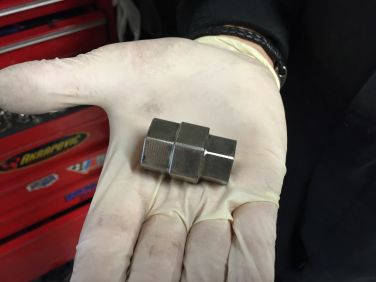
In our dreams our garages are full-on WSB-spec palaces, with wall-to-wall Snap-On tools, and all the Motul products we can eat. But like most folk, we have a selection of 'must-have' little helper tools. Usually nothing fancy, but they get us out of a hole on a regular basis...
Read More
-

In 1977, aged 9, Simon got a lift on his brother’s Suzuki AP50. He wrote about it the next day at school and, somehow, it turned into a career...
Read More
-
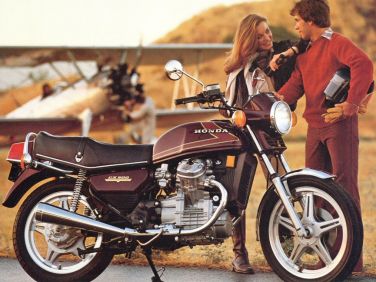
The CX was dead, forgotten, history. Occasionally I’d see one propping up a mouldy tarpaulin in someone’s front garden, but then a hipster took a hacksaw to a CX500 seat unit, ripped out the battery and side panels, fitted wire spoke wheels, lagged the exhaust pipes, and the put the result on eBay with a £4000 price tag...
Read More
-
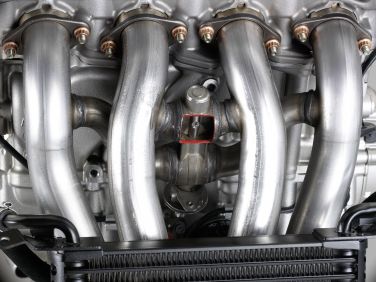
The connection between ‘man-made’ CO2 and global warming is, depending on who you believe, incontrovertible, tenuous or a fallacy. Either way it’s worth taking seriously, in a sort of green Pascal’s wager, because we’ve nothing to lose by accepting it and a whole planet to lose if we don’t...
Read More
-
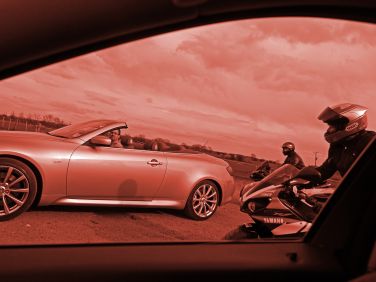
The psychology of riding a bike is, literally, a grey matter area. There is no rule book precisely because not having rules is one of the rules. And no-one trains riders to recognise the kind of person they are, the kind of brains they have, and the kind of behaviour they exhibit on a bike...
Read More
-

Modifying the fuelling on engines is an essential part of any tuning process. The traditional way has been to use an aftermarket fuel injection computer, like the Dynojet Power Commander, but ECU flashing is the latest in fuel-injection tuning, and they've been doing it with cars for years. But what is it and how does it work?
Read More
-
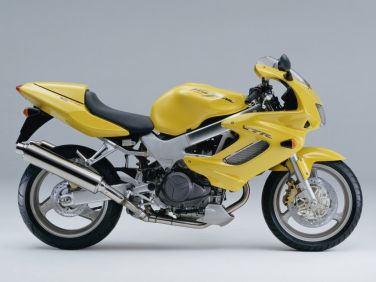
I remember when I first rode one of these – it was back in 1997, it had a set of cheap, loud cans on it, and it went like hell. A hundred and seventy appeared on the clocks in no time, totally belying the rather unassuming appearance of the little Honda...
Read More
-

How far back in history would I have to time travel to win a GP on my GSXR Fireblade ZXS1000RR? Jerez in Spain is the best circuit to answer the question as the layout hasn't changed since its Grand Prix debut in 1987...
Read More
-
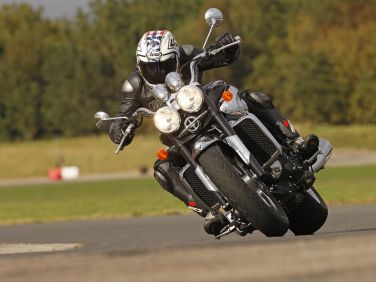
Bikes go round corners because the rider is balancing a large number of physical forces to a high degree of accuracy – at least, accurately enough not to crash, hopefully. To explain further may break the internet or your attention span. But here goes...
Read More
-
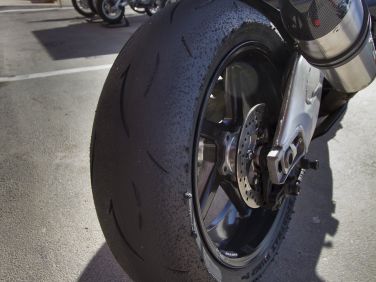
At a superficial level, tyres wear out because otherwise tyre manufacturers wouldn’t sell as many. But the physical reason a tyre wears out is because it grips. Or sticks. Well, both. There IS a difference...
Read More
-
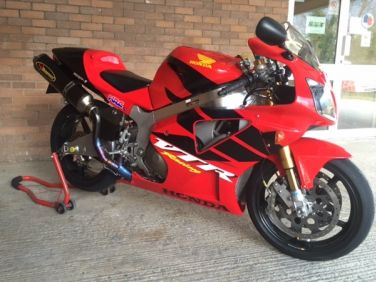
Bought in 2003, Lyndon has been slowly bringing the bike up to date with carefully selected modifications, starting with an Ohlins steering damper then snowballing from there – he’s a self-confessed SP-1 obsessive. “I collect anything SP-1 related and have a collection of stuff including a laser-etched paperweight"...
Read More
-

People often assume engine designers must get frustrated by being asked to make their engines super-efficient or super-powerful, then told to plug them up with a catalytic converter, and make them whisper-quiet too. But that’s a misunderstanding of what an engine designer does...
Read More
-
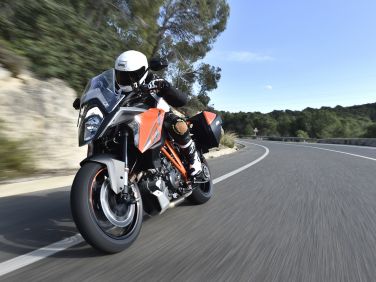
KTM's high tech 1290 GT isn't the cheapest or most luxurious sports tourer, but it's probably the fastest and definitely the most fun. The result is a top-spec, hellishly rapid, sporty-handling sports tourer that KTM say is at home in the corners as it is on the straights...
Read More
-

The companies’ founder, life-long petrol head and engineer Soichiro Honda, launched the first proper Honda motorcycle, the D-Type (Dream) 2-stroke 98cc in 1949. The company has consistently been the largest manufacturer of motorcycles since the ‘60s...
Read More
-
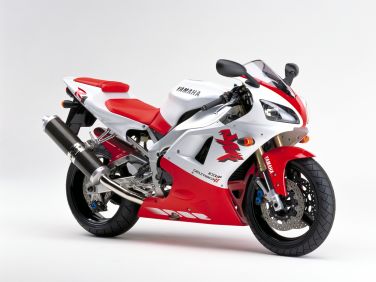
Torakusu Yamaha, was born in 1851 in Nagasaki, Japan. Having studied engineering, he eventually turned his skills to making musical instruments. This required many hours of fine-tuning, hence the three tuning forks in the Yamaha logo...
Read More
